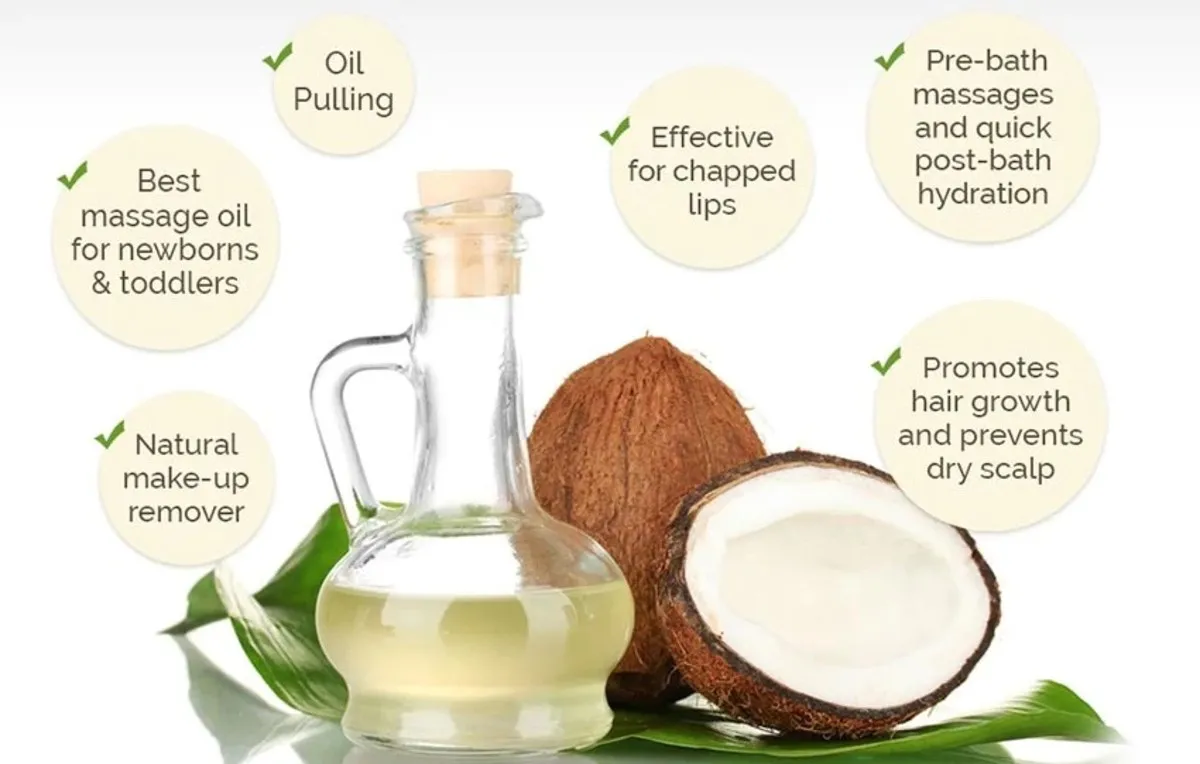Understanding Tooth Discoloration
Tooth discoloration is a common cosmetic concern affecting millions worldwide. Understanding the underlying causes is crucial for selecting the most effective teeth whitening remedies. Discoloration can range from subtle changes to significant staining, impacting the overall appearance of your smile. The reasons behind this can be categorized into intrinsic and extrinsic factors, with the latter being more easily addressed with home remedies. The key is to identify the source of the discoloration to choose the best course of action for a brighter, healthier smile.
Causes of Tooth Discoloration
Several factors contribute to tooth discoloration, making it essential to be aware of these elements. From lifestyle choices to the natural aging process, understanding these causes will help you choose the most appropriate whitening solutions and preventative measures. Some of the common reasons for discoloration can be found on your daily activities.
Dietary Choices
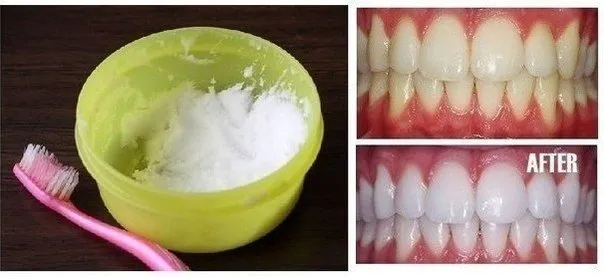
The foods and beverages we consume significantly impact the color of our teeth. Certain items, like coffee, tea, red wine, and dark-colored berries, contain pigments that can stain the enamel. Regular consumption of these items over time can lead to a gradual darkening of the teeth. Limiting these stain-causing foods and drinks or practicing good oral hygiene immediately after consumption can help minimize discoloration. A balanced diet, rich in fruits and vegetables, not only supports overall health but also contributes to a naturally brighter smile.
Smoking and Tobacco Use
Smoking and using other tobacco products is a leading cause of severe tooth discoloration. The nicotine and tar in tobacco products leave stubborn stains that are difficult to remove. These substances penetrate the enamel, causing yellowing and eventually brown staining. Furthermore, tobacco use compromises oral health, increasing the risk of gum disease and other dental problems. Quitting smoking is one of the most effective steps you can take to improve your oral health and achieve a brighter smile. This will also help you maintain a healthier life as well.
Poor Oral Hygiene
Inadequate oral hygiene practices contribute significantly to tooth discoloration. Failing to brush and floss regularly allows plaque and tartar to build up on the teeth, trapping stains and discolorations. This buildup can cause the teeth to appear dull and discolored. Proper oral hygiene, including brushing twice daily and flossing once a day, is essential for removing surface stains and maintaining a bright, healthy smile. Regular dental check-ups and professional cleanings can further enhance your oral hygiene routine.
Top 7 Natural Teeth Whitening Remedies
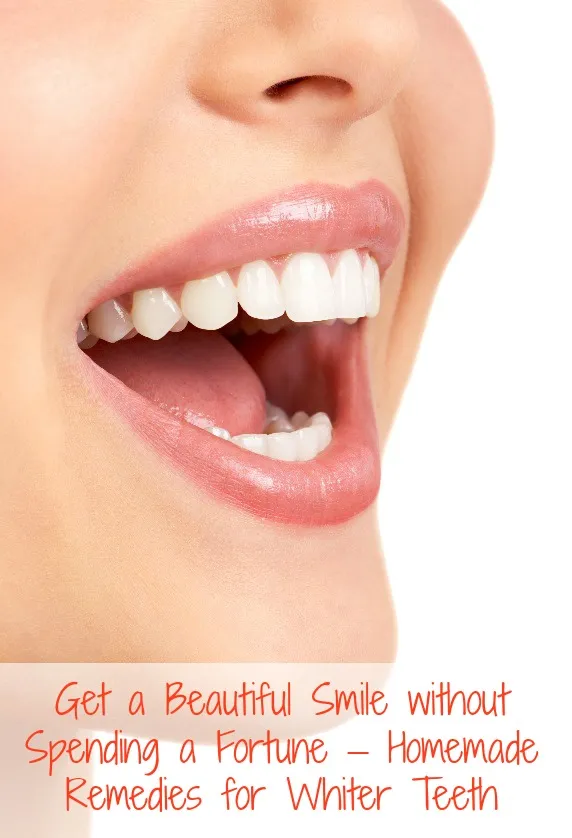
Explore these effective and natural teeth whitening remedies to enhance your smile without harsh chemicals. These methods utilize readily available ingredients and can be easily incorporated into your daily oral care routine. These remedies provide a gentle approach to achieving a brighter, healthier smile.
Activated Charcoal
Activated charcoal has gained popularity as a natural teeth whitener. Its porous texture helps to absorb stains and remove surface discoloration. It is a gentle abrasive that can help polish the teeth and remove stains caused by coffee, tea, and other substances. When used correctly, activated charcoal can contribute to a brighter smile. It’s important to be aware of the proper use to ensure the safety and effectiveness of this method.
How to Use Activated Charcoal
To use activated charcoal for teeth whitening, dip a wet toothbrush into the charcoal powder. Gently brush your teeth for about two minutes, paying attention to all surfaces. Rinse thoroughly with water until all the black residue is gone. Use this method once or twice a week, as excessive use can be abrasive. Be careful not to swallow the charcoal, and make sure to clean your sink immediately after use to prevent staining.
Benefits and Risks
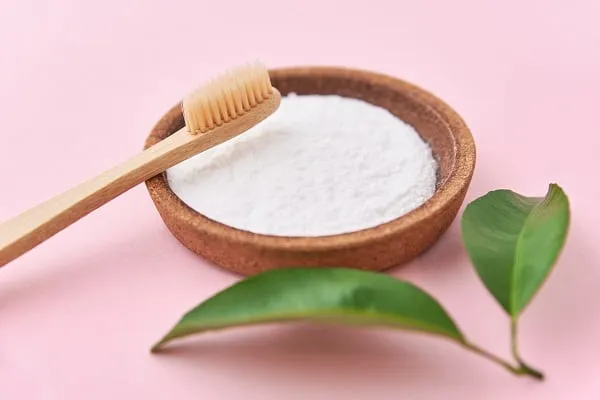
Activated charcoal can effectively remove surface stains and freshen breath. However, it can also be abrasive and may potentially damage enamel with overuse. Always consult with a dental professional before incorporating activated charcoal into your oral care routine. They can provide personalized advice based on your teeth’s condition. Monitoring the teeth while using these methods is essential.
Baking Soda and Hydrogen Peroxide
Baking soda and hydrogen peroxide are a classic combination for teeth whitening. Baking soda acts as a mild abrasive, while hydrogen peroxide has natural bleaching properties. This combination helps to remove surface stains and brighten the teeth. Both ingredients are usually easy to find in your local store. Proper use of these two ingredients can result in a whiter and healthier smile.
Using Baking Soda and Hydrogen Peroxide
To use this method, mix baking soda with hydrogen peroxide to form a paste. Apply this paste to your toothbrush and gently brush your teeth for about two minutes. Rinse thoroughly with water. Use this treatment once or twice a week, as more frequent use could irritate the gums or erode the enamel. Careful application is important, and stopping immediately if any sensitivity or discomfort arises.
Precautions and Side Effects
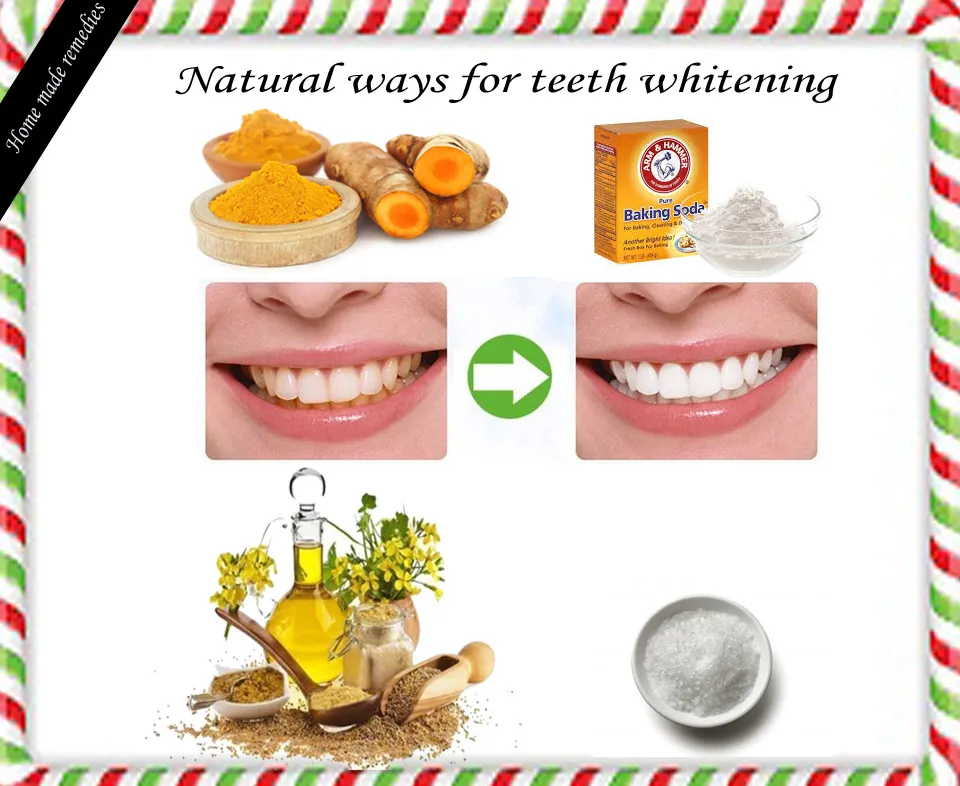
While generally safe, the baking soda and hydrogen peroxide combination can cause sensitivity in some individuals. Overuse can erode the enamel. It’s essential to use this remedy sparingly and consult a dentist if you experience any adverse effects. Also, using too much hydrogen peroxide can damage the gums and teeth. It is important to know how much should be used.
Coconut Oil Pulling
Coconut oil pulling is an ancient Ayurvedic practice believed to detoxify the mouth and whiten teeth. It involves swishing coconut oil in your mouth for a specified time. Coconut oil has antibacterial properties that can help reduce plaque and remove stains. This method is also known to promote overall oral health. With consistent practice, it can contribute to a naturally brighter smile.
How to Practice Oil Pulling
To practice oil pulling, take one to two tablespoons of coconut oil and swish it around your mouth for 15-20 minutes. Make sure the oil reaches all parts of your mouth. After swishing, spit the oil into a trash can to avoid clogging your drain. Rinse your mouth with warm water and brush your teeth as usual. This practice can be done daily, preferably in the morning before eating or drinking anything.
Effectiveness and Considerations
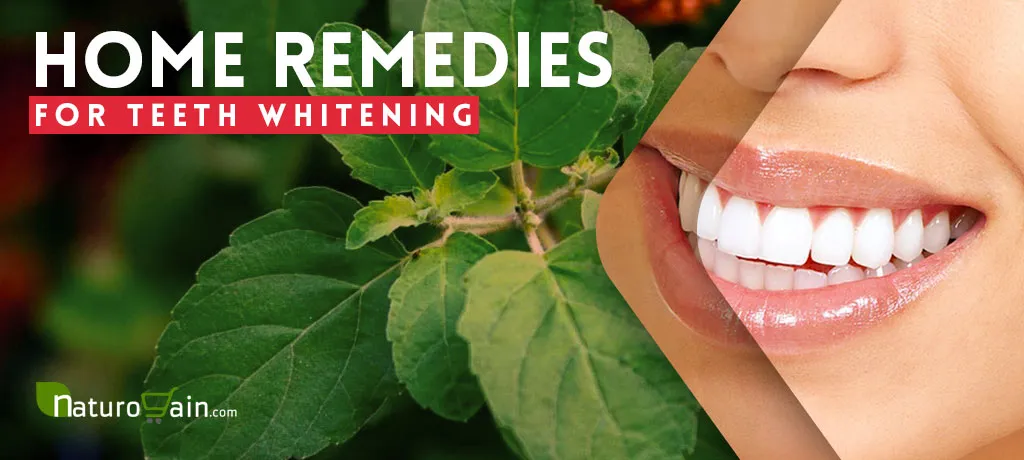
Coconut oil pulling can reduce bacteria and improve oral hygiene. Some users report a noticeable whitening effect, although results may vary. It is a safe and natural method, but it might not be as effective as other teeth whitening treatments. Consistency is key, and it’s important to supplement oil pulling with regular brushing and flossing. Remember that the results may vary depending on the specific individual.
Lemon and Orange Peels
Citrus fruits like lemons and oranges contain citric acid, which can help to whiten teeth by removing surface stains. The peels of these fruits contain compounds that can act as natural bleaching agents. They can contribute to a brighter smile by removing stains. While this method is a natural approach, it’s essential to use it cautiously due to potential risks.
Using Citrus Peels for Whitening
To use citrus peels for teeth whitening, rub the inside of a lemon or orange peel directly onto your teeth for about two minutes. Rinse your mouth thoroughly with water afterward. Alternatively, you can create a paste by mixing the peel with baking soda. Use this paste similarly, but remember to brush gently to avoid damaging your enamel. This method should be used sparingly and should be stopped immediately if you experience any sensitivity.
Potential Risks and Sensitivity
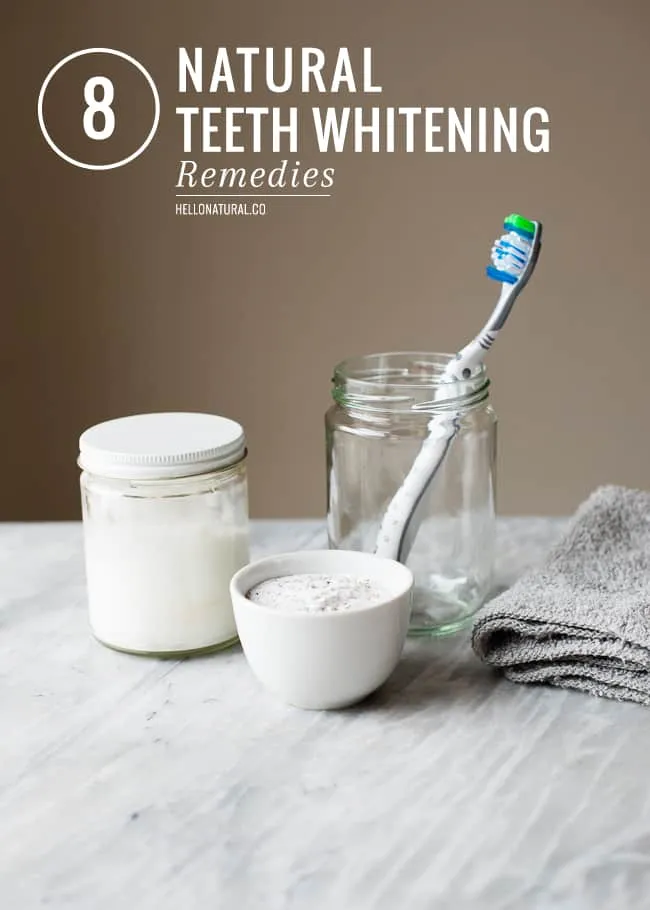
Citric acid can erode the enamel if used too frequently. This method can increase tooth sensitivity, so it’s essential to use it with caution. Always rinse your mouth thoroughly after use, and avoid brushing immediately after using citrus peels. Consider this method as an occasional treatment and monitor your teeth for any signs of sensitivity or damage.
Strawberries
Strawberries contain malic acid, which can act as a natural stain remover. They also contain vitamin C, which can help to brighten the teeth. While strawberries offer a mild whitening effect, they are a natural and readily available option for improving the appearance of your smile. They are also a delicious addition to your diet.
How to Use Strawberries
To use strawberries for teeth whitening, mash a fresh strawberry into a paste. Apply this paste to your teeth and let it sit for about five minutes. Gently brush your teeth with the strawberry paste and rinse thoroughly with water. You can also mix the mashed strawberries with baking soda for an enhanced effect. This treatment can be done once or twice a week for best results.
Effectiveness and Limitations
Strawberries can help to remove surface stains and brighten teeth, but the whitening effect is usually mild. This method works best for superficial stains and is not as effective for deeper discoloration. The malic acid in strawberries provides a gentle abrasive action, making them a safe choice for occasional use. Consistency is important, and it is still important to incorporate brushing and flossing into your routine.
Apple Cider Vinegar
Apple cider vinegar (ACV) is known for its various health benefits, including potential teeth whitening properties. It contains acetic acid, which can help to remove stains and whiten teeth. While it can contribute to a brighter smile, it’s essential to use this remedy with caution due to its acidity.
Using Apple Cider Vinegar
To use apple cider vinegar for teeth whitening, dilute it with water. Mix one part ACV with two parts water. Dip your toothbrush into the diluted solution and brush your teeth for about one minute. Rinse thoroughly with water. Alternatively, you can use ACV as a mouthwash, swishing the diluted solution around your mouth for a short period. Always rinse your mouth well after using ACV to remove any acidic residue.
Safety and Dilution
ACV is acidic and can erode the enamel if used undiluted or too frequently. Always dilute ACV before use. Use it sparingly, and avoid prolonged contact with your teeth. If you experience any sensitivity, discontinue use immediately. Regular use of ACV is not recommended, and it’s best to incorporate it into your oral care routine cautiously and consult with a dentist for guidance.
Turmeric
Turmeric is a spice with anti-inflammatory and antioxidant properties. It is known for its various health benefits. It has been used to promote teeth whitening. While it may seem counterintuitive to use a yellow spice for teeth whitening, turmeric can help remove surface stains and improve the appearance of your teeth. With its mild abrasive action and anti-inflammatory properties, turmeric offers a gentle approach to whitening.
How to Use Turmeric
To use turmeric for teeth whitening, mix turmeric powder with water to create a paste. Apply this paste to your toothbrush and gently brush your teeth for about two minutes. Rinse thoroughly with water. Be prepared for some temporary yellowing of your toothbrush and potentially your teeth. This is normal and should rinse away. Use this method once or twice a week for best results. The yellow tint should wash away after rinsing.
Benefits and Considerations
Turmeric is a gentle abrasive that can help remove surface stains. It also has anti-inflammatory properties, which can benefit gum health. However, turmeric may not be as effective as other whitening methods. It can also temporarily stain the teeth yellow. Use it cautiously and ensure thorough rinsing. If you have any sensitivities or concerns, consult with your dentist. Regular brushing and flossing are still essential, and turmeric should be used as a supplemental method.
Maintaining a Bright Smile
Maintaining a bright smile involves a combination of good oral hygiene practices, dietary adjustments, and regular dental check-ups. These practices will not only help in teeth whitening but will also help in promoting overall oral health. The best results come from a comprehensive approach.
Oral Hygiene Practices
Brushing your teeth twice daily for two minutes each time is essential for removing plaque and surface stains. Flossing once a day helps remove food particles and plaque from between your teeth, where a toothbrush cannot reach. Using an antimicrobial mouthwash can further reduce bacteria and freshen your breath. Make sure you also replace your toothbrush every three months or when the bristles become frayed. Consistent and thorough oral hygiene is the foundation for a healthy, bright smile.
Dietary Adjustments
Limiting the consumption of stain-causing foods and drinks, such as coffee, tea, red wine, and dark berries, can prevent tooth discoloration. Rinsing your mouth with water after consuming these items can also help minimize staining. Eating a balanced diet rich in fruits, vegetables, and calcium-rich foods supports overall oral health and can contribute to a naturally brighter smile. Making mindful choices about your diet is an effective way to prevent discoloration.
Regular Dental Check-ups
Regular dental check-ups and professional cleanings are crucial for maintaining a bright and healthy smile. Your dentist can remove plaque and tartar, which can cause tooth discoloration. Professional teeth cleaning can also polish your teeth, removing surface stains. Regular check-ups help identify and address any dental issues early. Follow your dentist’s recommendations for optimal oral health.
